ACAO FOREST



ACAO FOREST is made up of 13 unique theme gardens spread across a vast 667,000m2 hilly area.
Alongside the sparkling Atami blue sea and sky, you can enjoy a spectacular view of roses, bulbous plants, herbs, perennials and other plants.
Not only can you enjoy the colorful flowers throughout the four seasons, but you’ll also find COEDA HOUSE, a cafe designed by Kengo Kuma, Soga Sengen Shrine, a facility where you can experience making your own herbs and aromas, and ACAO ROSE SQUARE, a commercial facility where you can enjoy dining and shopping.
Cafe BONNET



This coffee shop has been loved by many writers and entertainers, including Junichiro Tanizaki and Yukio Mishima.
In 1952, this shop became the origin of the hamburger, serving a hamburger that no one had ever seen or tasted before. Enjoy this legendary hamburger while listening to jazz music.
OSAKANA SYOKUDOU (Fish Restaurant)



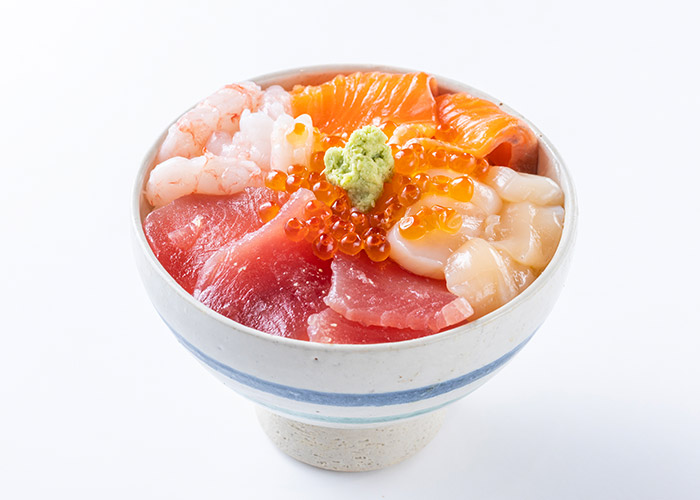
Atami Castle


Atami Castle
Atami Castle is a tourist facility located on the summit of Nishikigaura Mountain in Atami City, Shizuoka Prefecture. It is one of the most scenic spots in Atami City, offering a panoramic view of the city and southern Atami. Historically, the castle did not actually exist.
It was built in 1959 (Showa 34) at an altitude of 100 meters. It is a reinforced concrete structure with a five-story exterior and nine-story interior, modeled after the castle towers seen in Japanese castles, and is a castle tower-style building. From the castle tower, which is topped with a golden shachihoko (a shachihoko) made by Shoun Asano, you can see the entire city of Atami, Hatsushima Island, Oshima Island, and Sagami Bay. On clear days, you can see Tokyo Skytree and Yokohama Landmark Tower from the telescope in the panoramic observation deck on the sixth floor.
208 cherry trees have been planted, and the Atami Castle Cherry Blossom Festival is held from late March to early April. It also appeared as a setting in the 1962 film “King Kong vs. Godzilla” and the 1967 film “Giant Monster Gappa.”
Atami Geisha Kenban Kaburenjo Theater


Geigi Kenban is where the geisha undergo their rigorous training. The current building was completed in 1954 (Showa 29). It was a magnificent building at the time, and was said to be the best geisha guild in the Tokai region.
Currently, the Yumemachi Odori Flower Dance is held here every Saturday and Sunday.
Enjoy professional dancing that you rarely get to see. The way they wear their kimonos and behave is breathtakingly beautiful.
LaDOPPIETTA




A gelateria with a gelato lab on Ginza Street in Atami City. We have opened a gelato specialty store in a corner of the shopping street on Ginza Street in Atami City. We make fresh gelato using fresh fruits and vegetables produced by our partner farmers in Shizuoka, and tomatoes and pistachios imported directly from Italy. Gelato made using traditional Italian methods At LaDOPPIETTA, we are not only particular about the ingredients, but also use traditional Italian gelato methods to make all of our gelato by hand. We use gelato machines made by Carpigiani, Italy, which are essential for making gelato. Therefore, even Italians who eat our gelato say, “It’s Italian gelato!” Please try our authentic Italian gelato, which has also been certified as a cafe by Naples Passaracqua.
Jogasaki Coast


Jogasaki Coast was formed by lava that flowed out when Mt. Omuro erupted about 4,000 years ago. We recommend taking a stroll along the 9km long picnic course and nature trail. The 48m long and 23m high Kadowaki Suspension Bridge is a thrilling scenic spot. From the observation deck of Kadowakisaki Lighthouse, you can enjoy a 360-degree panoramic view of the Izu Seven Islands and the Amagi Mountains. In addition to the magnificent scenery, you can enjoy cute flowers such as hydrangeas in June, day lilies and lilies in July, and sea daisies and Japanese silverleaf daisies in autumn.
Mount Omuro



Mount Omuro, located in the East Izu area of the Izu Peninsula in Shizuoka Prefecture, is 580 meters above sea level and is one of the largest scoria cones (a hill shaped like an upside-down rice bowl formed by a volcanic eruption) in the eastern Izu volcano group. There is a large crater at the summit and a hollow in the middle, so from a distance it looks like a giant pudding.
The entire mountain is a nationally designated natural monument, so climbing on foot is prohibited. Once you reach the summit using a special lift, the view from there is truly spectacular. On clear days, you can enjoy a 360-degree panoramic view of Mount Fuji, the Amagi mountain range, the Izu Islands, and Sagami Bay.
What is Komuroyama?


Komuroyama is a scoria cone formed by the accumulation of lava splashes. It is said to have been formed by a volcanic eruption about 15,000 years ago. Komuroyama Ridge Walk MISORA was opened on April 23, 2021 to allow visitors to relax on the mountain. It also has a cafe and restaurant, making it suitable for a variety of occasions.
An open promenade
At the summit of Komuroyama is a 166.3m long, undulating wooden promenade in a loop. You can enjoy a 360-degree panoramic view of Sagami Bay, Ito Plateau, and Mt. Fuji, and enjoy the nature of Ito City. One of the attractions of the promenade is that it only takes 2-3 minutes to walk around the entire circumference.
This means you can visit anytime, anywhere. Komuro Shrine is also located at the summit, where it is said that Atago Daigongen, the disaster guardian deity, Kotohira Okami, the maritime guardian deity, and Hisanri Okami, the fire god, are enshrined. It was founded after the great earthquake of 1703, and is a power spot worshipped as a god watching over disaster recovery.
Many people visit the New Year’s Day festival held on New Year’s Day to see the first sunrise and to pray.
How to get to the summit
You can use the lift to reach the summit.
Because the mountain is at a low altitude, it takes about 5 minutes to reach the summit by lift.
You can board the retro one-seater lift from Kitchen 218 at the base.
You will find the aerial walk while admiring the magnificent scenery soothing.
Preschool children can ride on their guardians’ laps, so families can use it with peace of mind.
On the other hand, there is also a 3km walking course, so you can walk to the summit.
The walking trails are well paved, so you can get some exercise while enjoying some forest bathing.
GRANPAL PARK






Izu Granpal Park is a large leisure facility located in the Izu Kogen area of Ito City, Shizuoka Prefecture.
It’s like a combination of an amusement park and a park, and not only does it have attractions like zip lines and go-karts, but it also has a lawn and a plaza with free play equipment, making it a place that both adults and children can enjoy!
Izu Shaboten Zoo
-1024x682.jpg)
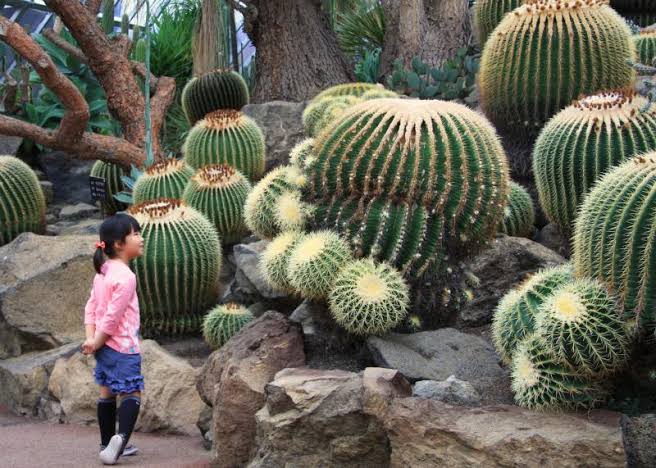


Izu Shaboten Zoo is famous for its “Original Capybara Open-Air Bath” which is only held in winter.
You can interact with cute capybaras, squirrel monkeys, kangaroos and other animals and even feed them snacks.
From late November to early April, you can see the capybaras taking a relaxing bath in the open-air bath entitled “Original Capybara Open-Air Bath”. They are so adorable and soothing.
About 1,500 types of cacti and succulents from all over the world are cultivated in the park, and they delight the eyes of visitors during the flowering season.
Cactus picking is also a rare experience that you won’t find anywhere else. Cacti are easy to grow and don’t need to be watered every day, so they are recommended for those who are not familiar with caring for plants. Choose your favorite cactus and make a cactus pot that is just for you. It would also make a great interior decoration for your room.
Additionally, the Animal Boat Tours, which take you around the pond’s eight islands of various sizes and the coastline by boat to observe the animals, is a rare and highly recommended experience that can only be had here in Japan.
Teddy Bear Museum

The concept of the Teddy Bear Museum is a “house for teddy bears.”
It is an old house where an elderly woman who loves teddy bears lives with her teddy bears.
We established this museum with the passionate desire to make this place “the home of teddy bears in Japan.”
This house is sure to revive the feeling of happiness in everyone’s heart.
Our hope is that you will cherish that feeling of happiness forever.
Kawana Stained Glass Museum




About the Kawana Stained Glass Museum
The Kawana Stained Glass Museum is filled with traditional stained glass from the 1800s that was inherited from the UK. All of the pieces are genuine antique stained glass that actually decorated British churches and cathedrals, as well as the VIP rooms and private rooms of aristocrats, including works by Charles Kemp, who created many stained glass windows for British churches, and Harry Clarke, who is also famous for his fairy tale illustrations. The fantastical interior, filled with the soft light of stained glass and lamps, is a healing space filled with the sounds of antique music boxes and antique pipe organs and the aroma of aromatic oils. Please sit back and enjoy your time on one of the sofas in the museum.
Ikeda 20th Century Museum of Art



This is Japan’s first full-scale contemporary art museum.
The museum opened in 1975 as Japan’s first museum specializing in contemporary art, based on the collection of Eiichi Ikeda (1911-1982), founder of Nichireki Co., Ltd., a manufacturer of paving materials. The building was designed by sculptor Bukichi Inoue, and the exterior walls of the exhibition rooms are the first in Japan to be covered in stainless steel. The space is designed to be organically connected from the entrance to the exit. The collection includes approximately 1,400 paintings and sculptures created in the 20th century, mainly on the theme of “humanity.” The museum also has a permanent exhibition of masterpieces and masterpieces by world masters such as Renoir, Picasso, Miro, Dali, Chagall, Matisse, and Warhol. Special exhibitions are also held every three months.
the Atagawa Banana and Crocodile Garden



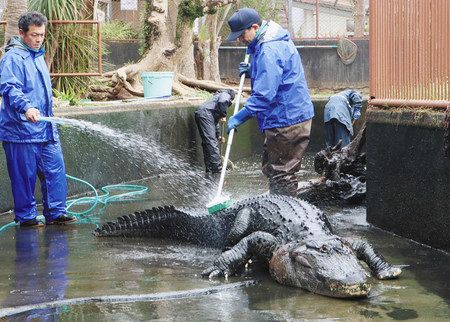

Speaking of Atagawa, the Atagawa Banana and Crocodile Garden is a must-see.
In addition to crocodiles, this zoo is home to Japan’s only red pandas and Amazonian manatees, as well as about 5,000 different kinds of tropical plants, including tropical water lilies. You can eat the bananas and papayas harvested in the garden at the attached fruit parlor.
Izu Animal Kingdom
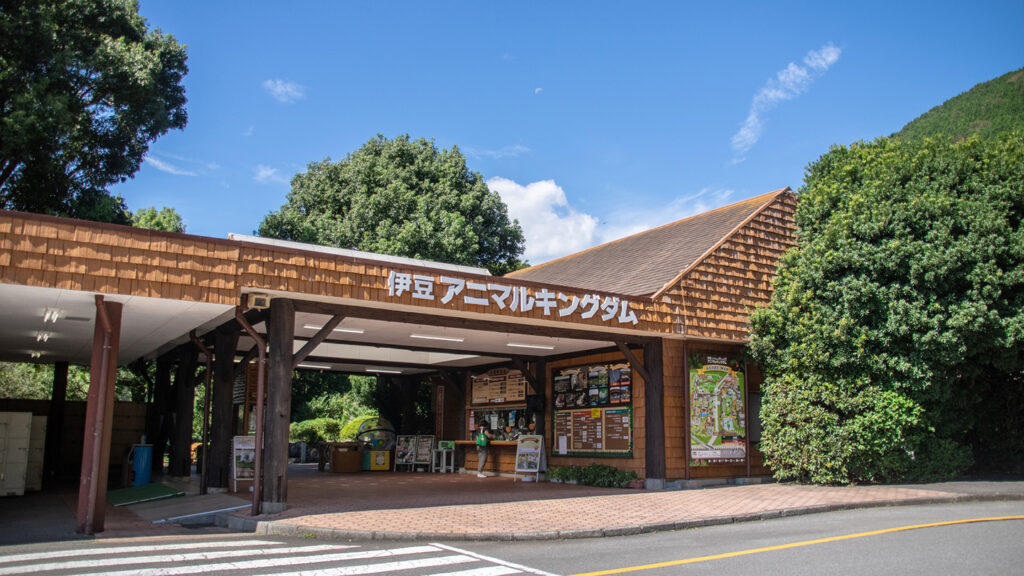


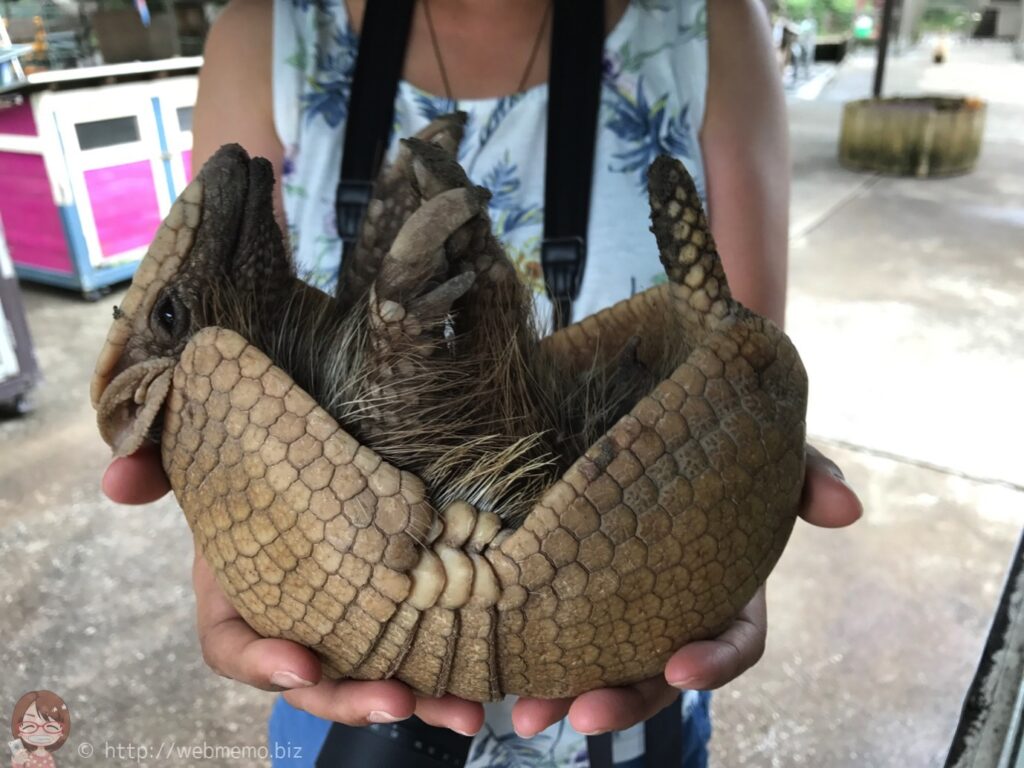
Izu Animal Kingdom is a comprehensive leisure land that includes a zoo where over 60 kinds of animals are kept, as well as an amusement park and golf course. It is a facility where you can learn about the charm of animals and the value of life while interacting with animals that are almost free-roaming. It is recommended for families as it can be enjoyed by everyone from small children to adults.

Dolphin Fantasy Ito


Dolphins are soothing to watch.
At Dolphin Fantasy Ito, you can easily interact with adorable dolphins.
There are two popular dolphin programs.
[Interaction Course/1 hour]
After a talk about dolphins, you can touch the dolphins or play with them by making a signal.
You can see their impressive jumps up close and take commemorative photos!
Play with the dolphins without any sense of distance.
[Swim Course/about 2 hours]
After the interaction experience, you can enjoy snorkeling with the dolphins.
You can easily enjoy the dream experience of communicating with the dolphins while listening to their voices.
Of course, you can make a reservation, but if there are spaces available on the day, we can accommodate you immediately!
The “Interaction Course” can be experienced by children from 0 years old, so it can be enjoyed by the whole family.
For those who are a little scared of touching them, there is also a [Observation Course] where you can see the dolphins a little closer.
Perry Road



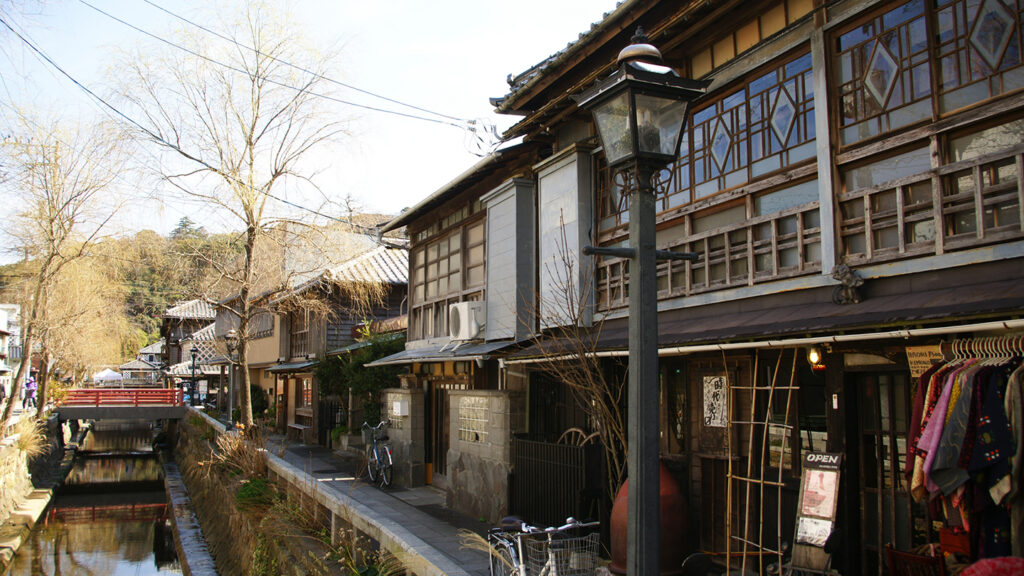



Matthew Perry is known for the “Arrival of the Black Ships” at the end of the Edo period. After landing in Uraga (Yokosuka, Kanagawa Prefecture), Perry had the Edo Shogunate receive a letter from the president demanding that Japan open its ports.
In the same year, the Treaty of Peace and Amity between the United States and Japan was concluded, and in 1859 (Ansei 6), Shimoda opened its port. The isolationist policy that had continued for over 200 years finally collapsed.
Although the treaty was concluded, no specific policy regarding trade had been decided, so Perry came to Shimoda to make these arrangements.
The road that Commodore Perry and his party walked on this occasion is now known as “Perry Road.”
Perry Road starts from the port and goes all the way to Ryosenji Temple, where the treaty was negotiated.
The stone-paved road that runs along the Hiraname River is lined with buildings constructed from the end of the Edo period to the Taisho period, creating a charming landscape. You can enjoy a photogenic stroll as you can see various architectural styles such as namako walls and Izu stone.
Matsukawa Promenade




Along the Matsukawa River that runs through the center of Ito City, there is the Matsukawa Promenade, a small path that has continued since the Taisho era and where you can feel the atmosphere of a hot spring town.
Stroll along the 700m cobblestone road and encounter timeless scenery along with the murmuring of the river. We will introduce the healing Matsukawa Promenade, where you can experience the gentle flow of time that is unique to this historic hot spring town.
Matsukawa, located about a 10-minute walk from Ito Station, is the stage for various seasonal events. At the “Sukeshin Festival” in May, a Noh performance is held on the riverbed, and in July, the “Matsukawa Tarai Riding Race” is held.
In addition, at the “Matsukawa Lantern Floating” in August, colorful lanterns decorate the river surface, creating a fantastic sight.
Also known as the Okawa River, it is an important presence that is loved by the people of Ito. This clear stream changes its atmosphere with each season, attracting visitors.
The Matsukawa Promenade is dotted with a variety of artworks, including works by Ito City sculptor Shigeoka Kenji, as well as poems and paintings by Kinoshita Mokutaro.
In front of Tokaikan and K’s House Ito Onsen, there is a sculpture by Shigeoka with hot spring water flowing out of it.
Kinoshita Mokutaro was a medical doctor from Ito, as well as a poet, playwright, translator, and researcher of art history and Christian history. He deeply loved his hometown of Ito, and left behind poems and paintings depicting the city’s natural beauty and historical atmosphere.
